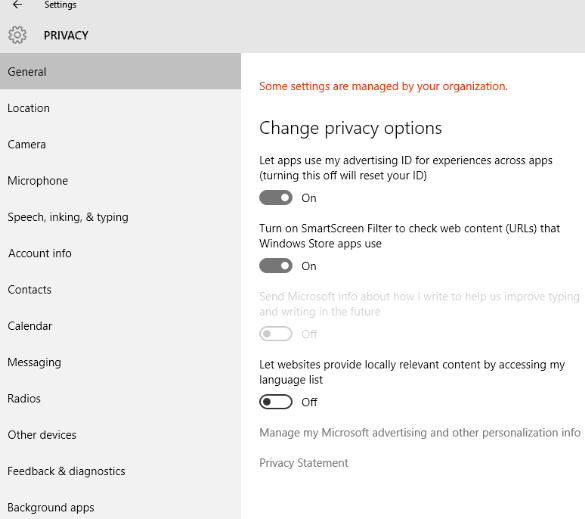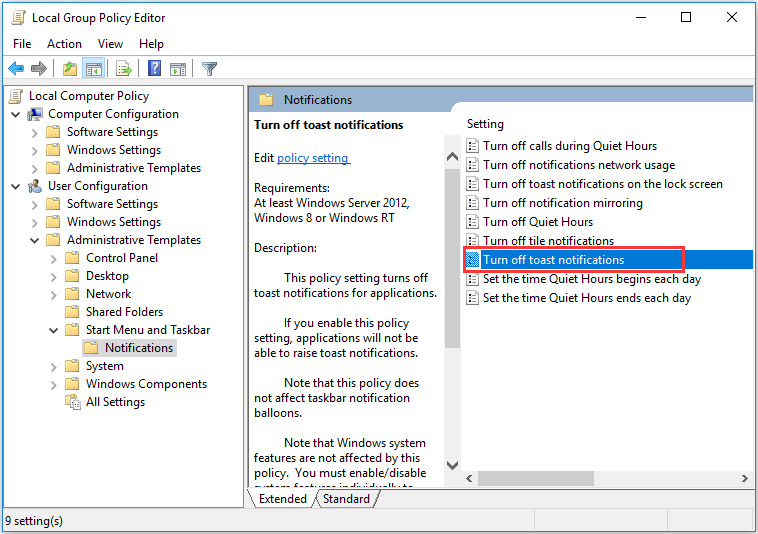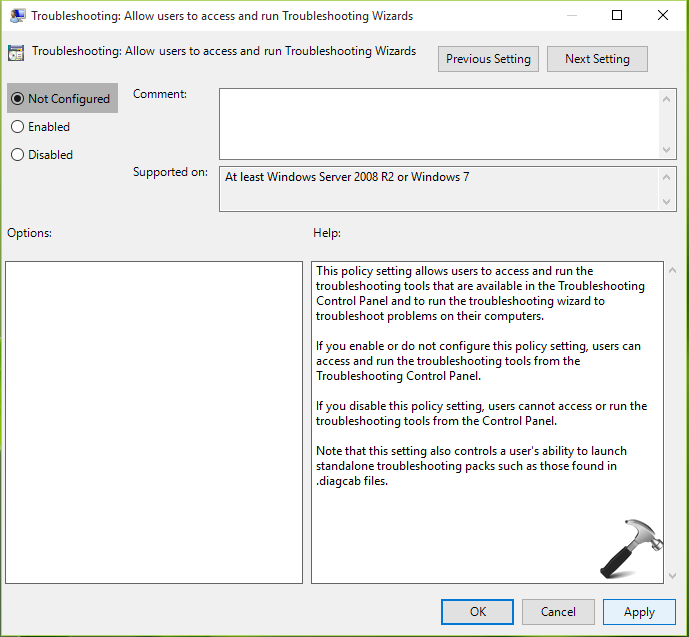


Deny users to read and/or write data from CDs, DVD, removable drives, etc.Block users from enabling/disabling LAN connections or block them from changing the properties of the computer's LAN (Local Area Network) connections.Specify the wallpaper used on the Desktop and block users from changing it.Hide specific elements from the Windows user interface or the Control Panel.Block users' access to the Control Panel and to the Settings app.Block users from using removable devices (ex.Allow users to access only some of the applications found on your computer.You may be asking yourself, “but what can I actually do with the Local Group Policy Editor?” You can, for example: The Local Group Policy Editor is a powerful tool in managing local settings. Technically speaking, the editor is just one of the snap-ins that can be hosted in the Microsoft Management Console (MMC), but for the sake of simplicity, we won’t go into more detail here. The built-in tool that allows you to modify these rules is, you guessed it, the Local Group Policy Editor. To put it into simple terms, you should think about Local Group Policy as a set of rules that govern how Windows works on your computer or device. A good example is your home computer with Windows 11, Windows 10, Windows 8.1, or Windows 7.

Group Policies are most useful if you are a network administrator and you need to enforce rules or settings on the computers or users within the network you manage.Ī Local Group Policy is a variant of Group Policy that applies to individual computers, as opposed to all the computers that are registered on a domain. By definition, a Group Policy is a Windows feature that offers a centralized way of mass managing and configuring the operating system, the programs, and user settings for all the computers connected to the same domain. What is the Local Group Policy Editor?įirst of all, what is the Local Group Policy Editor? To answer that, let’s first define the Group Policies. NOTE: Although you can also use this tool to change settings on other computers in the network, this article focuses on editing settings for the local machine and its users.


 0 kommentar(er)
0 kommentar(er)
